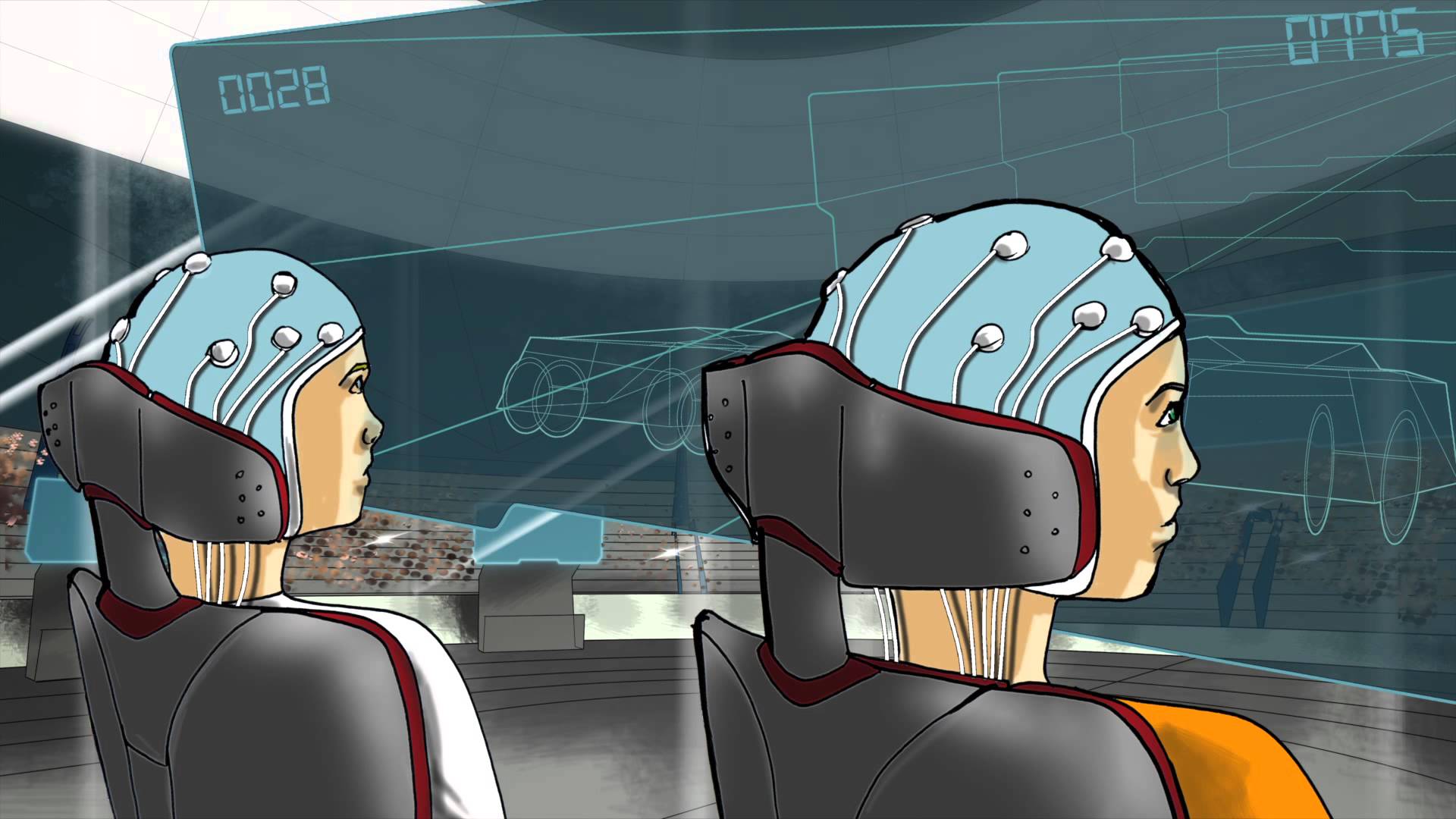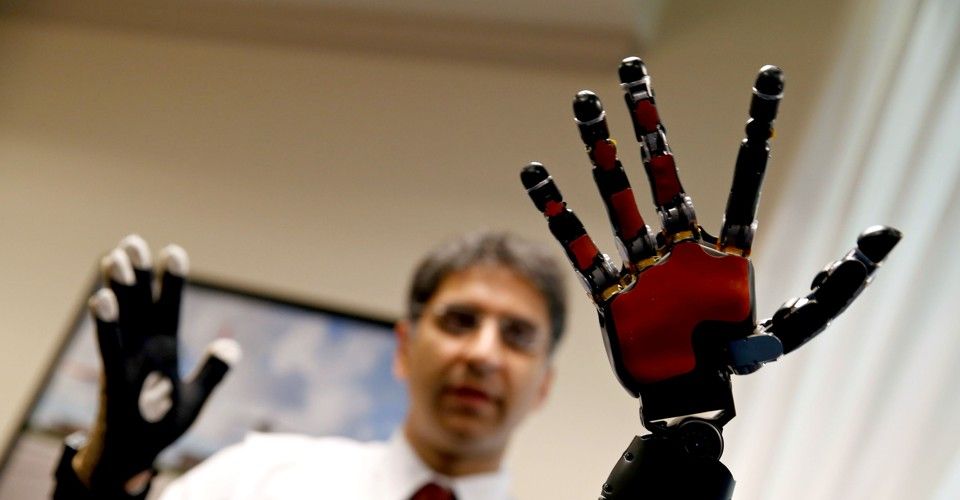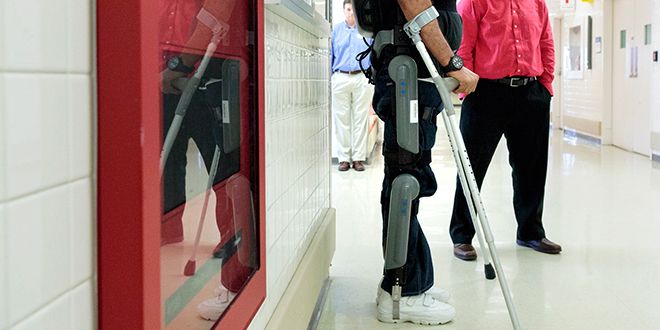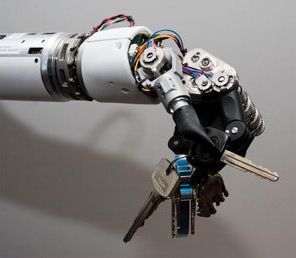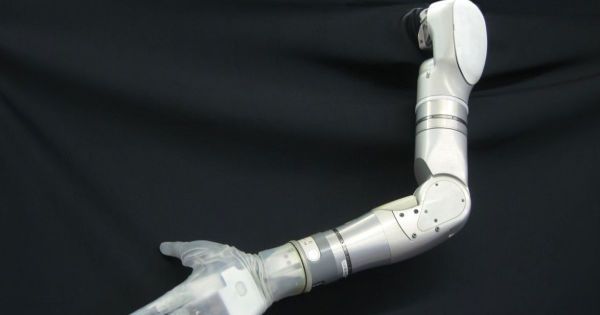Archive for the ‘cyborgs’ category: Page 123
Oct 1, 2015
Ray Kurzweil: Tiny Robots In Our Brains Will Make Us ‘Godlike’
Posted by Shailesh Prasad in categories: cyborgs, neuroscience, Ray Kurzweil, robotics/AI
Sep 30, 2015
3D printing in gel shows how scientists could print human organs
Posted by Shailesh Prasad in categories: 3D printing, biotech/medical, cyborgs, materials, neuroscience, transhumanism
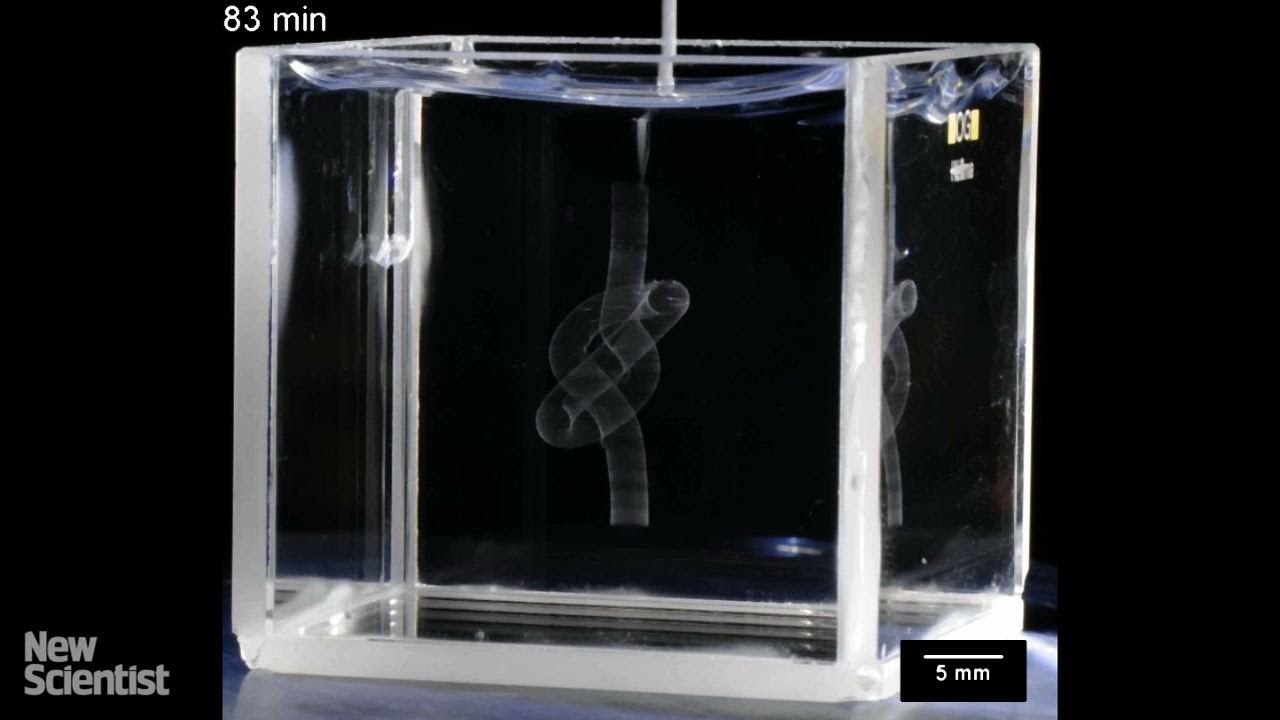
While scientists have had success in the past printing structures like “bionic ears,” a clear path to making functional internal organs and tissue hasn’t really emerged. However, researchers at the University of Florida in Gainesville have developed a way of printing complex objects in gel, a method that could help pave the way to 3D-printed organs in the future.
The hard thing about printing intricate organic structures like blood vessels and complicated organs is that they collapse under their own weight before they solidify. The gel here, which is made of an acrylic acid polymer, acts as a scaffold to hold the structure in place during the printing process. That approach has already allowed the team to print with organic materials — and even make a replica of a human brain.
Continue reading “3D printing in gel shows how scientists could print human organs” »
Sep 27, 2015
Switzerland Will Host the First Bionic Olympics in 2016
Posted by Amnon H. Eden in categories: cyborgs, transhumanism
Sep 23, 2015
Engineering Humans for War
Posted by Sean Brazell in categories: computing, cyborgs, electronics, engineering, military
For decades after its inception in 1958, the Defense Advanced Research Projects Agency—DARPA, the central research and development organization of the Department of Defense—focused on developing vast weapons systems. Starting in 1990, and owing to individuals like Gorman, a new focus was put on soldiers, airmen, and sailors—on transforming humans for war. The progress of those efforts, to the extent it can be assessed through public information, hints at war’s future, and raises questions about whether military technology can be stopped, or should.
Gorman sketched out an early version of the thinking in a paper he wrote for DARPA after his retirement from the Army in 1985, in which he described an “integrated-powered exoskeleton” that could transform the weakling of the battlefield into a veritable super-soldier. The “SuperTroop” exoskeleton he proposed offered protection against chemical, biological, electromagnetic, and ballistic threats, including direct fire from a.50-caliber bullet. It “incorporated audio, visual, and haptic [touch] sensors,” Gorman explained, including thermal imaging for the eyes, sound suppression for the ears, and fiber optics from the head to the fingertips. Its interior would be climate-controlled, and each soldier would have his own physiological specifications embedded on a chip within his dog tags. “When a soldier donned his ST [SuperTroop] battledress,” Gorman wrote, “he would insert one dog-tag into a slot under the chest armor, thereby loading his personal program into the battle suit’s computer,” giving the 21st-century soldier an extraordinary ability to hear, see, move, shoot, and communicate.
Sep 21, 2015
This Computerized Exoskeleton Could Help Millions of People Walk Again
Posted by Shailesh Prasad in categories: computing, cyborgs, transhumanism
The ReWalk is the first bionic exoskeleton approved by the FDA for personal use. Here’s the story of how it came to be.
Sep 14, 2015
Interesting Cyborgs Photo
Posted by Shailesh Prasad in categories: cyborgs, transhumanism
Sep 14, 2015
Future Transhumanist Tech May Soon Change The Definition Of Disability
Posted by Zoltan Istvan in categories: cyborgs, transhumanism, transportation
My first article for TechCrunch. The story is on disability & transhumanism:
Radical technologies around the world may soon overhaul the field of disability and immobility, which affects in some way more than a billion people around the world.
MIT bionics designer Hugh Herr, who lost both his legs in a mountain climbing accident, recently said in a TED Talk on disability, “A person can never be broken. Our built environment, our technologies, are broken and disabled. We the people need not accept our limitation, but can transcend disability through technological innovation.”
Continue reading “Future Transhumanist Tech May Soon Change The Definition Of Disability” »
Sep 14, 2015
Paralyzed Man Successfully Given Prosthetic Hand That Can ‘Feel’
Posted by Bryan Gatton in categories: biotech/medical, cyborgs, electronics, neuroscience
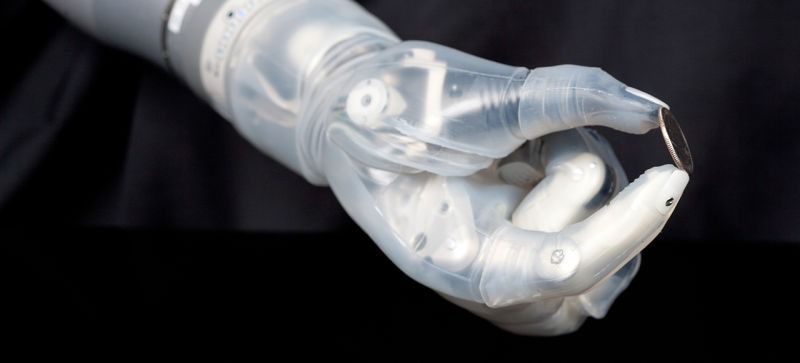
A 28 year old man who has been paralysed has been given a new sense of touch following a new breakthrough that saw electrodes places directly into the man’s brain.
The research and clinical trial has been carried out by DARPA, the US Military’s research agency. Essentially, the man (who has not been named) is now able to control his new hand and feel people touching it because of two sets of electrodes: one array on the motor cortex, the part of the brain which directs body movement, and one on the sensory cortex, which is the part of the brain which feels touch.
Sep 14, 2015
Prosthetic hand restores a man’s sense of touch
Posted by Albert Sanchez in categories: biotech/medical, cyborgs, electronics
DARPA promised prosthetic limbs that produce realistic sensations, and it’s making good on its word. The agency’s researchers have successfully tested an artificial hand that gave a man a “near-natural” level of touch. The patient could tell when scientists were pressing against specific fingers, even when they tried to ‘trick’ the man by touching two digits at once. The key was to augment the thought-controlled hand with a set of pressure-sensitive torque motors wired directly to the brain — any time the hand touched something, it sent electrical signals that felt much like flesh-and-bone contact.
There’s still a lot of work left to go before this hardware is truly realistic, of course. The sensors don’t cover the entire hand, and they don’t account for temperature or other factors you’ll likely worry about when grabbing objects. Still, this should represent a big step forward. Provided the technology takes off, both amputees and paralysis victims could regain some of the tactility they once had.

